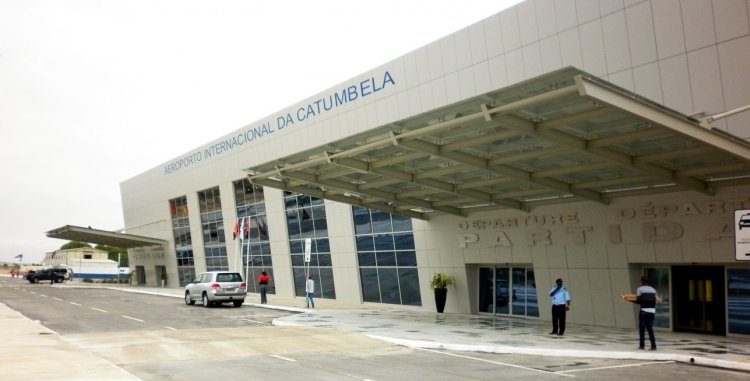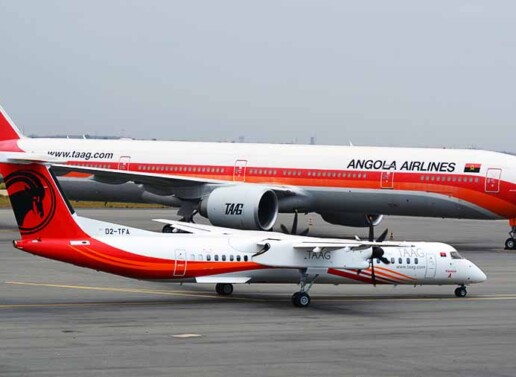The only airline that started an international route gave up after two flights. The airport has been used mainly for domestic routes connected to Luanda. Anyone wishing to fly abroad must travel to Luanda or to Icolo e Bengo. The objectives set by Angolan authorities have not been achieved and may be causing losses due to lack of activity.
Almost a year ago, the Paulo Teixeira Jorge International Airport, in Catumbela, Benguela, received international certification — a milestone widely publicized by Angolan authorities as a transformative step for the aviation sector, allowing international flights to depart and land outside of Luanda for the first time. However, since then, the facility continues to operate only domestic flights, with no sign of the long-awaited routes connecting it to the rest of the world, according to Valor Económico.
The certification was granted by the National Civil Aviation Authority (ANAC) on December 12, 2024. The first flight, considered historic, took place nine days later, operated by Fly Angola, carrying 30 passengers aboard an Embraer 145 bound for Namibia. Only one more international, or rather regional, flight was carried out by the same airline, which later abandoned the route for unspecified reasons. However, industry sources point out that the decision was mainly due to the poor profitability observed from the two flights conducted.
Currently, the airport only operates domestic routes, mainly connecting Luanda to other provinces, although tickets for international destinations are available—with a mandatory layover. For example, a traveler in Benguela who wants to go abroad, even to neighboring Namibia or South Africa, still needs to travel first to Luanda or Bengo airports, depending on the airline used. In practice, if flying with Fly Angola, the passenger must first take a 40–45-minute domestic flight before boarding an international one. If flying with TAAG, the traveler must cover roughly 469 kilometers to reach Dr. António Agostinho Neto Airport (AIAAN). The domestic route served by the national flag carrier is operated exclusively with ALAAN aircraft.
At the time of certification, the government enthusiastically claimed that the airport would position “Angola and Benguela, in particular, as safer and more attractive destinations for business and leisure, contributing to the growth of national and regional economies.”
In reality, no airline—national or foreign—has operated international or even regional routes from the airport during this period. Foreign carriers have also shown no interest in doing so, largely due to the paradoxically high airport fees in Angola, which are among the highest in Africa, set at 21,000 U.S. dollars.
The certification involved significant public investment in airport infrastructure to meet international standards. Domestic flights are operated with 70-seat aircraft, totaling 140 seats on round trips, with regular daily operations maintained only by the national airline. Therefore, airport specialist Pedro Castro argues that incentives must be created for airlines to increase flight activity so that they can “cover their costs,” as there are essential services—such as maintenance—that must continue to be provided.
“There are several ways to revitalize the sector. First, by creating the right conditions to attract the same Angolan airlines that currently operate only limited routes. The result of the current public policy is senseless overspending, where only the State flies, leading to a catastrophic and incalculable waste that affects other sectors of society. For foreign airlines, there are commercial, marketing, and operational incentives that could be structured and proposed to attract routes,” he explained.
According to Pedro Castro, changes to current legislation could further encourage foreign airlines to easily establish themselves in Angola with domestic, regional, or international flights, without restrictions.
22/10/2025







